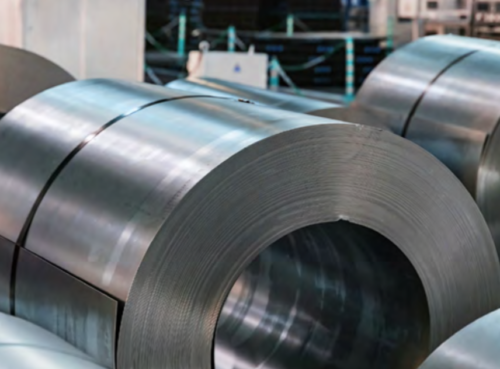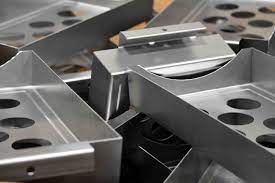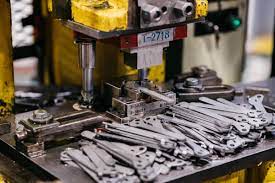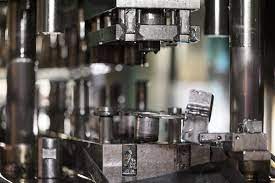Rolling bearings play a crucial role in various industries, providing support and reducing friction between moving parts. They are indispensable components in machinery, ensuring smooth operation, increased efficiency, and enhanced performance across diverse applications.

1. What are Rolling Bearings and How Do They Work?
Rolling bearings are mechanical elements designed to enable the rotation or linear movement of machinery components while minimizing friction and supporting loads. They consist of inner and outer rings, rolling elements (balls or rollers), cages, and sometimes seals. These elements work in tandem to facilitate smooth motion and distribute the applied loads, thereby reducing frictional resistance and wear.
2. What Are the Common Types of Rolling Bearings?
There are various types of rolling bearings, each tailored for specific applications. Some of the most common types include:
- – Ball Bearings: These bearings utilize balls to support radial and axial loads, suitable for high-speed applications such as automotive transmissions and electric motors.
- – Roller Bearings: They use cylindrical, tapered, or spherical rollers to manage heavier loads and withstand higher shock loads, commonly found in heavy machinery like industrial gearboxes and conveyor systems.



3. What Are the Key Advantages of Rolling Bearings?
Rolling bearings offer numerous advantages, including:
- – Reduced Friction: Bearings minimize friction between moving parts, leading to improved efficiency and energy savings.
- – Load Distribution: They distribute loads evenly, preventing premature wear and ensuring longevity of machinery.
- – Versatility: Bearings come in various designs and sizes, catering to a wide range of applications in industries such as automotive, aerospace, manufacturing, and more.
4. Where are Rolling Bearings Used, and How Do They Impact Applications?
Rolling bearings find extensive applications in diverse industries:
- – Automotive Sector: They are integral in engines, transmissions, wheels, and steering systems, contributing to vehicle performance and reliability.
- – Industrial Machinery: Bearings support rotating components in heavy machinery, enhancing operational efficiency and reducing downtime.
- – Aerospace and Defense: They play a critical role in aircraft engines, landing gears, and control systems, ensuring safety and optimal functioning in demanding conditions.
Moreover, in the realm of geocomposites, rolling bearings can be employed to enhance the performance of geocomposite materials. By integrating bearings within geocomposite structures, they can contribute to improved load-bearing capacity and structural support in geotechnical applications, reinforcing embankments, retaining walls, and more.
Rolling bearings stand as indispensable components in various industries, offering reliability, efficiency, and longevity to machinery. Their diverse applications, coupled with advancements in design and materials, continue to elevate their significance in optimizing performance across numerous sectors. Moreover, the integration of rolling bearings within geocomposite materials presents a promising avenue for enhancing structural stability and load-bearing capacity in geotechnical applications, paving the way for innovative engineering solutions.
